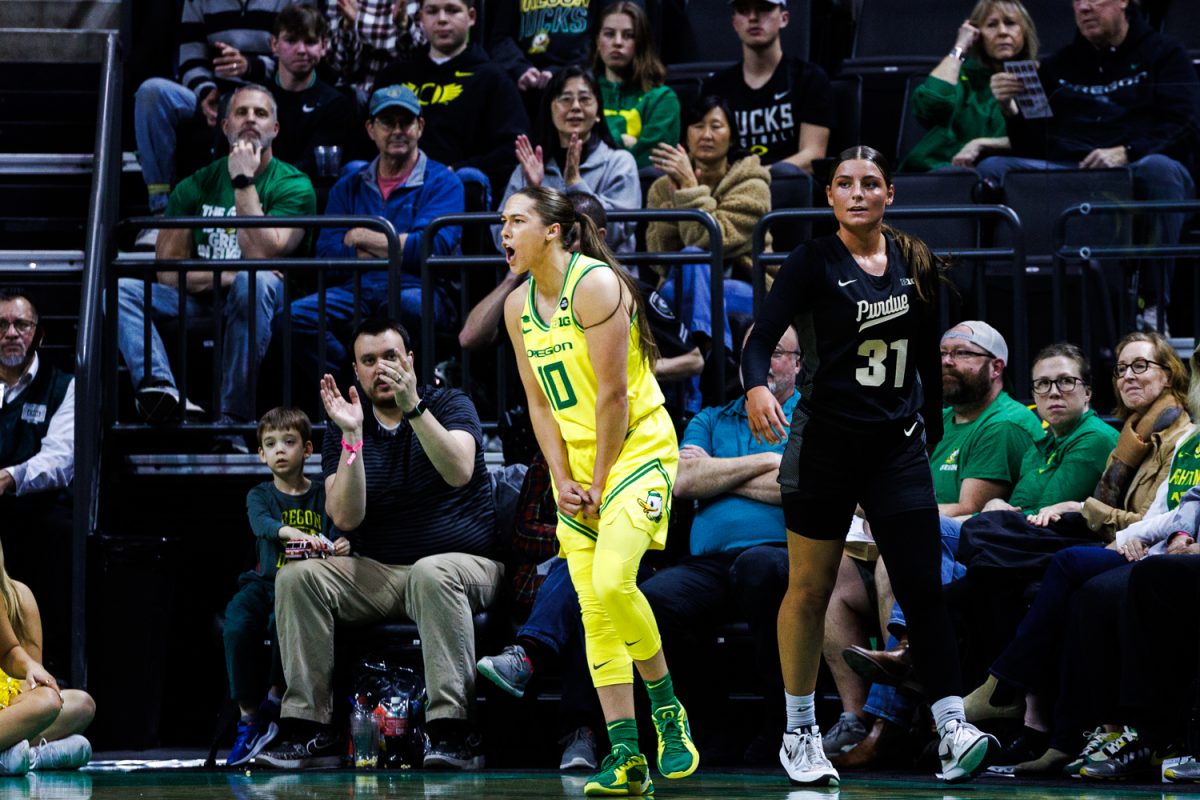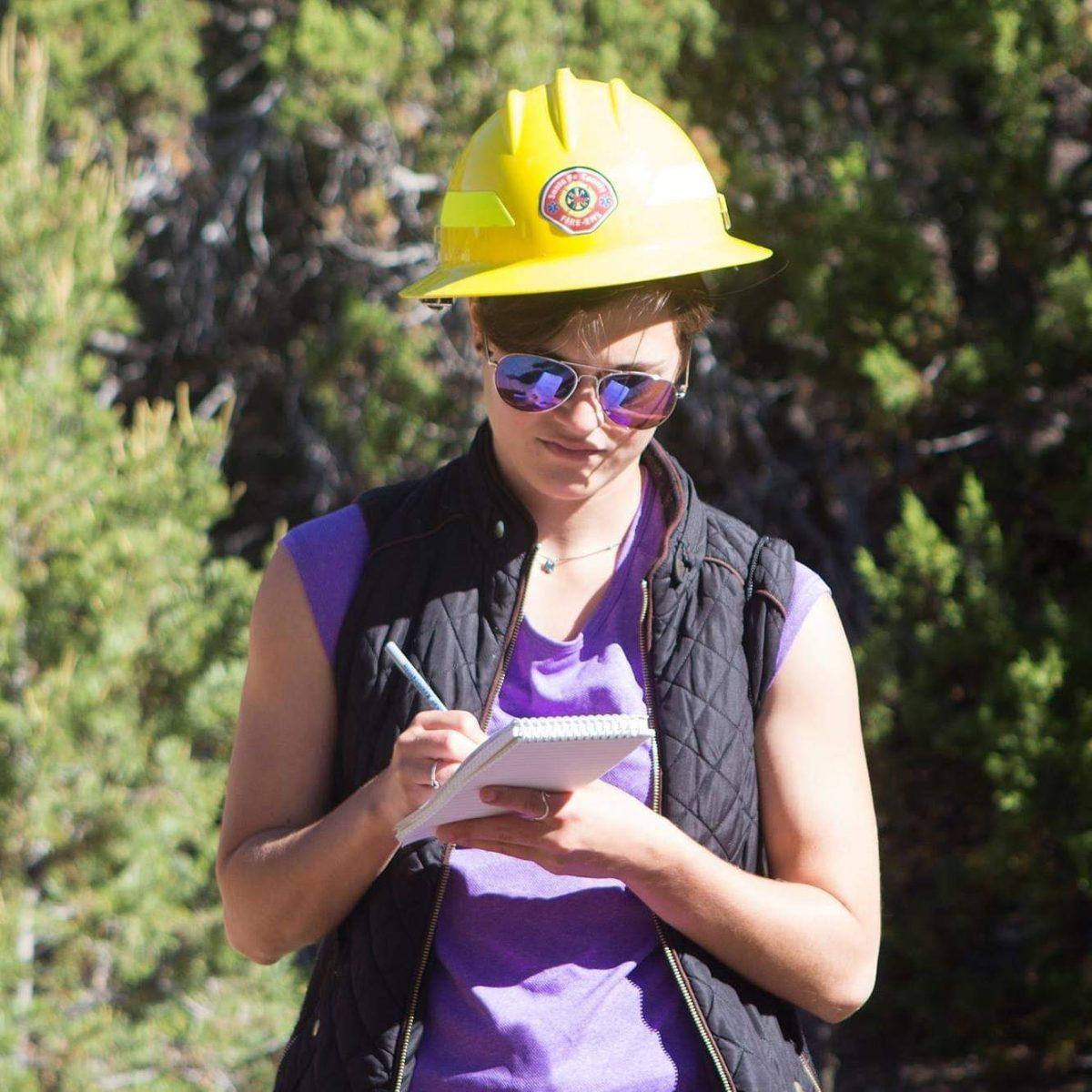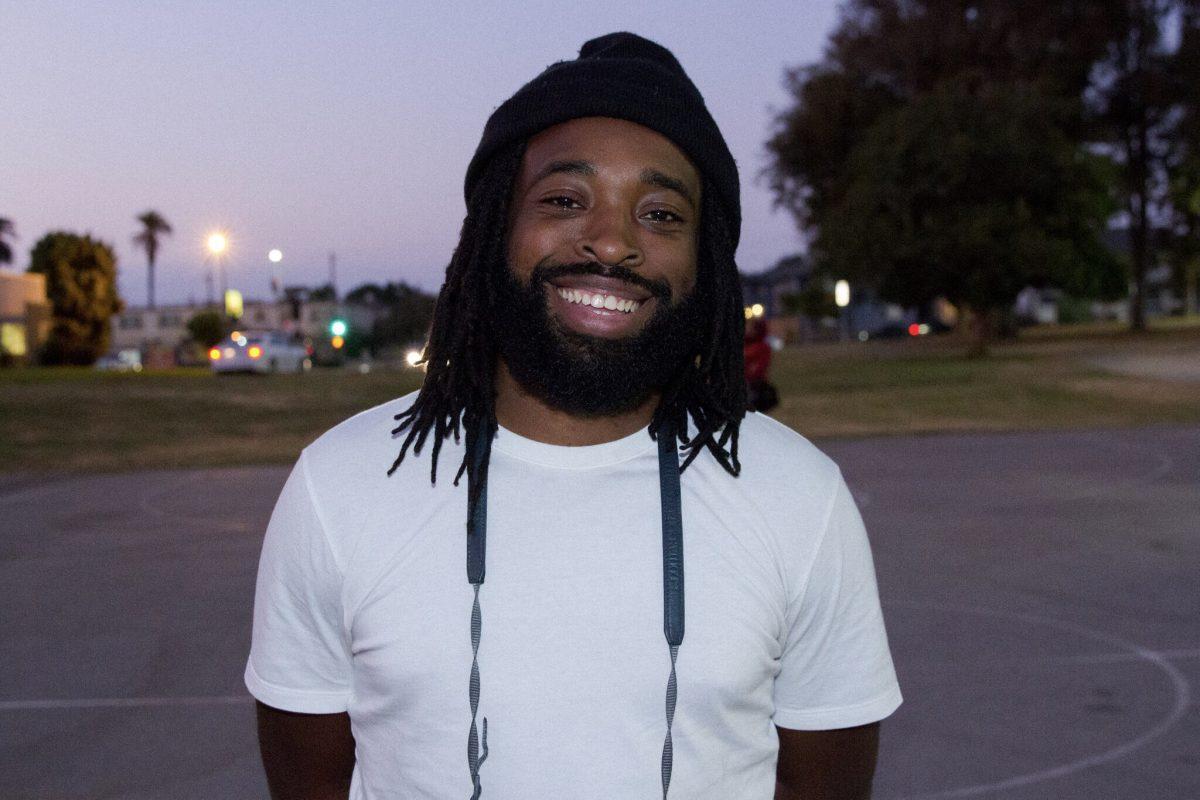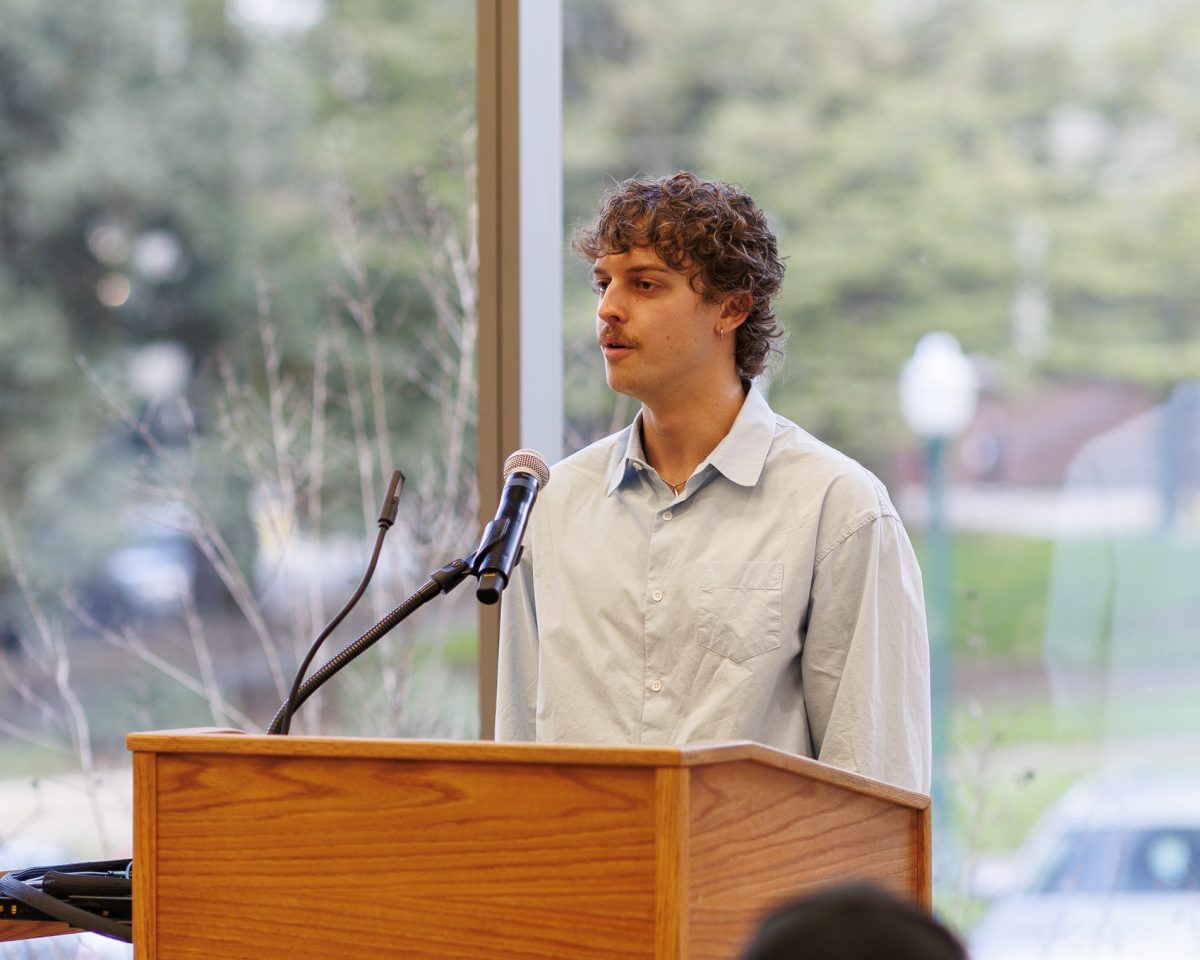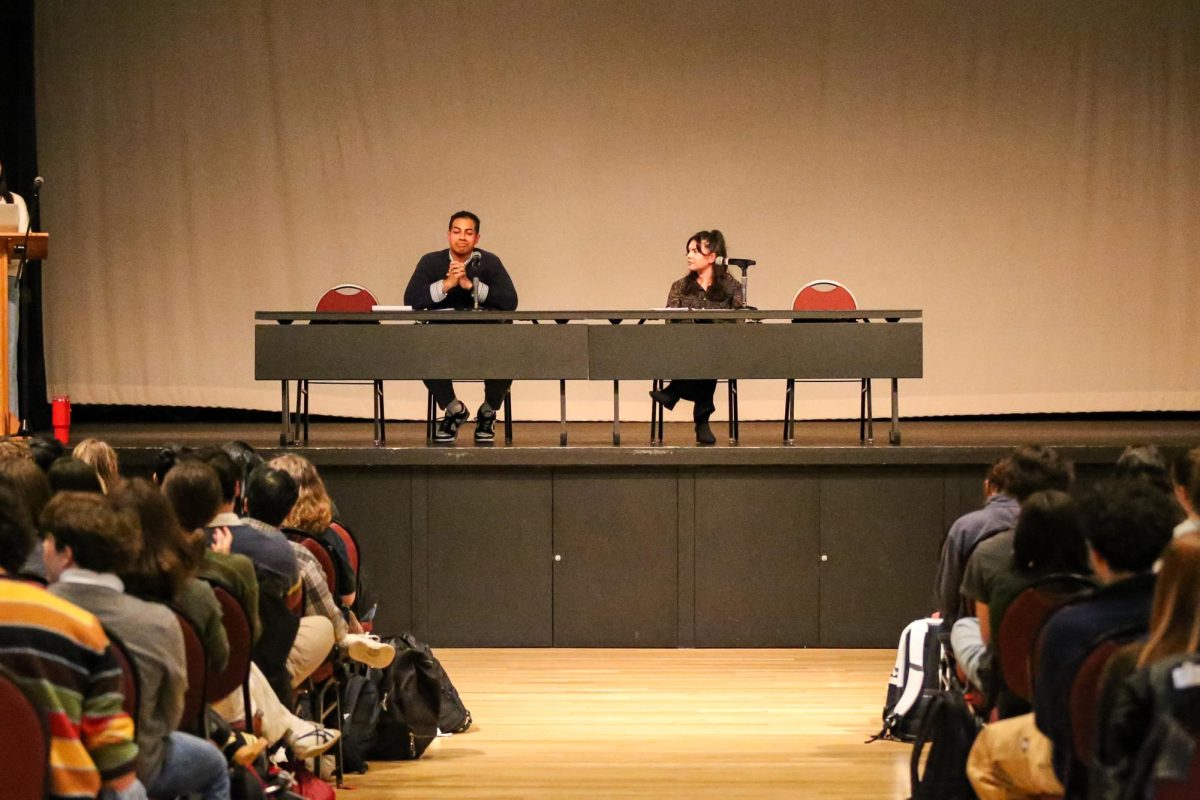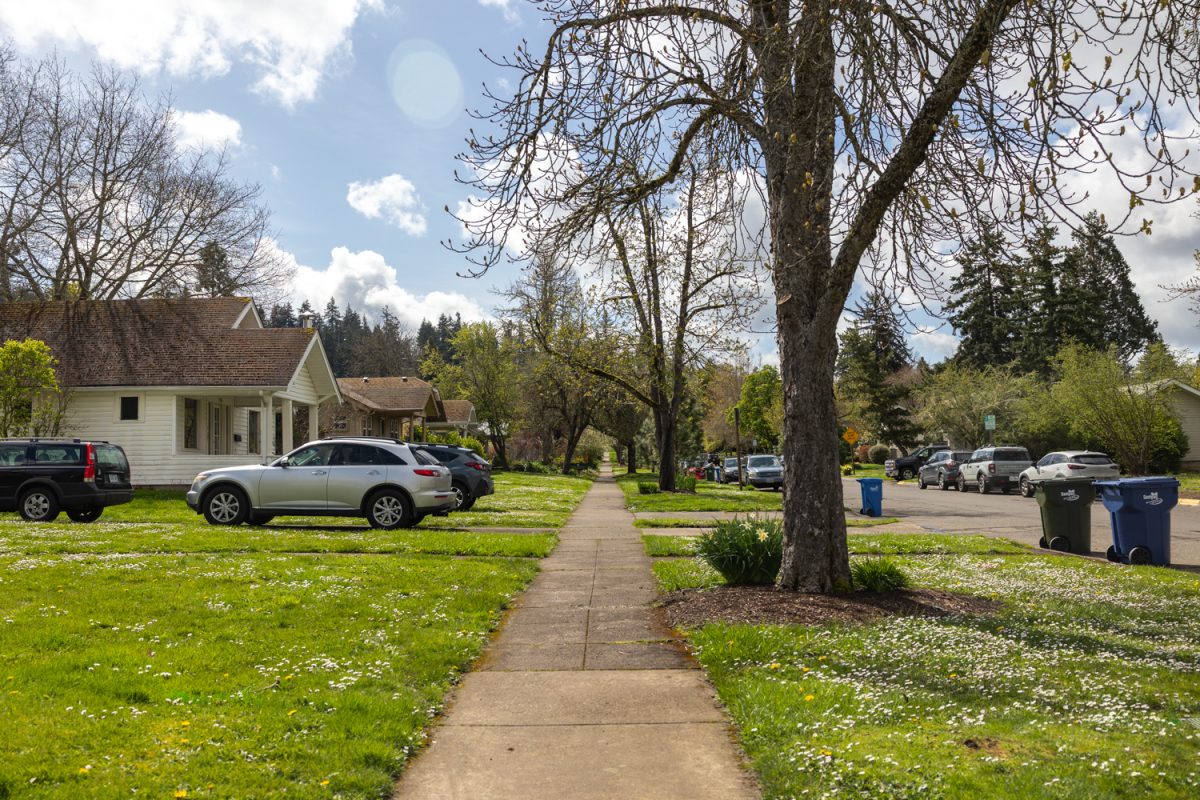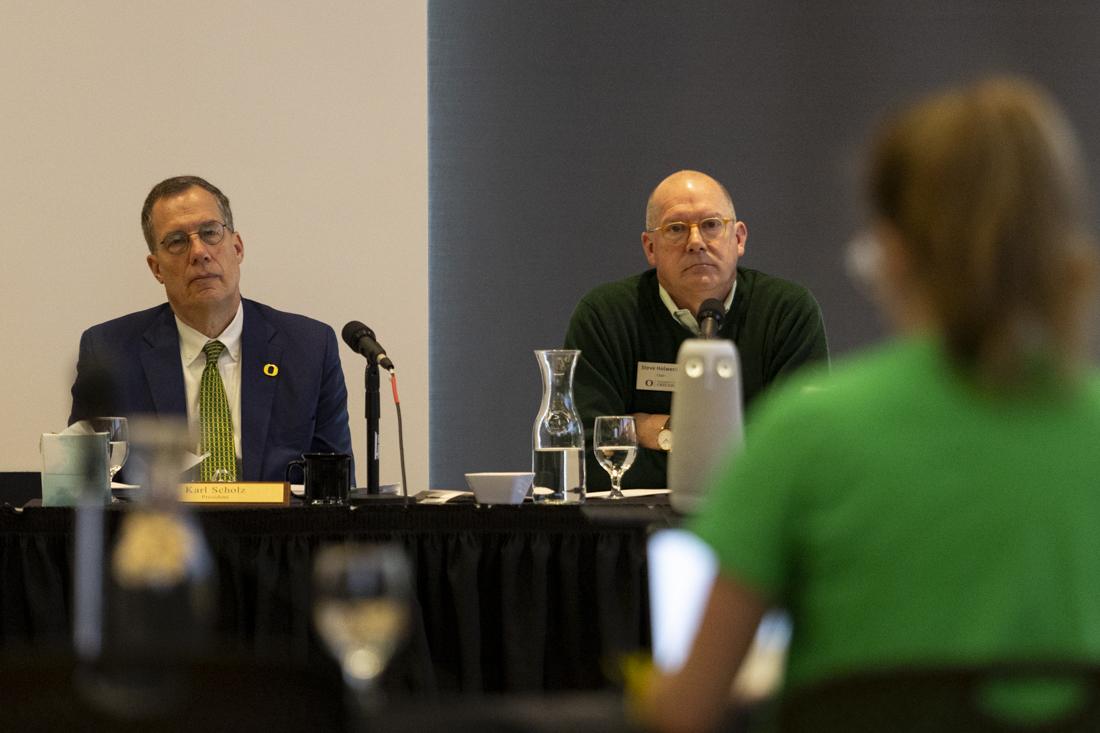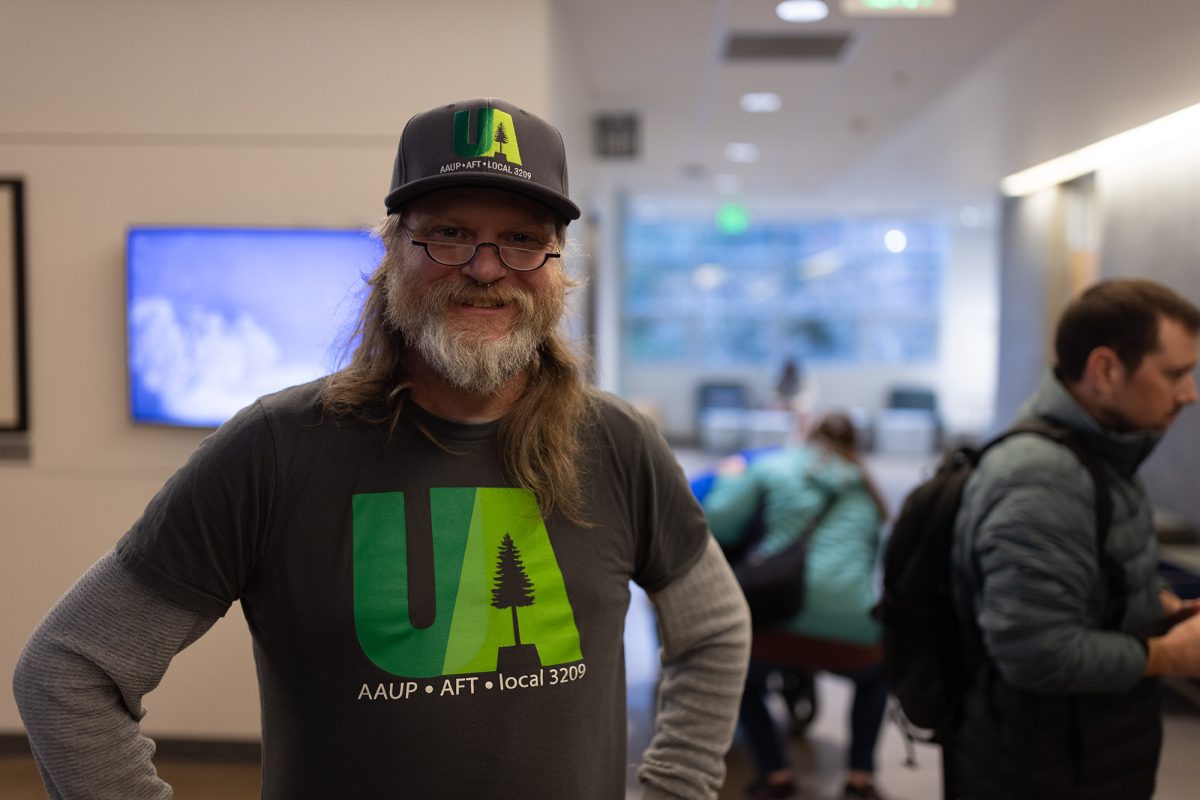Annette Buchanan Conard with her laywer in June 1966 — just weeks after her story was published. This photograph, which appeared in the Emerald, was taken by Emerald photographer Mike Conard who Buchanan later married. (Emerald Archives)
The courtroom was silent on June 28, 1966 as it awaited a decision on the case of Annette Buchanan.
Then, only 20-years old and managing editor for the Oregon Daily Emerald, Buchanan faced a maximum penalty of six months in jail and a $300 fine for her refusal to identify her anonymous sources in an article she had written concerning student marijuana use on the University of Oregon campus.
The story led to an investigation by Lane County law enforcement, and Buchanan was subpoenaed by Lane County District Attorney William Frye. When she refused to provide information about her sources, she was accused of being in contempt of the court for noncooperation.
However, Buchanan stood by her decision.
“No one asked me to cooperate, they just subpoenaed me,” she said during her original testimony, as reported by the Emerald that year.
Buchanan, who died at age 67 on Feb. 1, shaped the course of Oregon journalism history with her trial, which led to the creation of Oregon’s shield law for journalists.
Journalists in the community supported Buchanan during her trial, testifying that it was routine for journalists to use confidential sources, that protecting those sources was an industry standard and revealing those sources would be detrimental to a journalist’s career.
Despite the support of the community, Buchanan’s refusal to reveal her sources was not protected under Oregon law. Oregon’s shield law, like 37 other states, did not cover reporters. Buchanan was ordered to pay the maximum fine of $300. The case was taken to the Oregon Supreme Court in 1968, and Buchanan’s claim that she was protected under the Oregon constitution was dismissed.
The case gathered national attention, and people from communities around the state commented on Buchanan’s sentence. In St. Helens, graduate student Jim Brady defended Buchanan.
“All free societies should have laws against subpoenas on reporters,” Grady told the Emerald. “I see (Buchanan) as the victim of a lag in responsible legislation.”
That lag would be remedied five years later, when in 1971 the Oregon Legislature created a shield law protecting journalists from having to reveal sources and information gathered through their work.
According to Oregonian publisher Robert Notson, Buchanan’s case was a large factor in the creation of the law.
“Until (Buchanan’s case) journalists in Oregon relied on the judgement of prosecutors and the discretion of courts,” he told the Register-Guard in 1971. “There was no known case in Oregon of a reporter having to violate a confidence until the Buchanan case.”
The groundbreaking trial also introduced Buchanan to news photographer Mike Conard, whom she would marry the next year. The couple traveled to the U.S.S.R. in the early 1970s for Conard’s work as a United Press International photographer. The two returned to Oregon in 1976 and opened a raspberry farm in Sandy, Ore. while Buchanan worked as a copy editor for The Oregonian.
Buchanan leaves behind her parents, sisters and brother, as well as a legacy in protecting the rights of journalists to use anonymous sources in the effort to inform the public.
“It is considered the gravest ethical breach for a journalist to violate a confidence,” Notson said. “With the press serving as a watchdog for the public, many wrongdoings wouldn’t be brought to public attention without a reporter’s pledge to protect his sources.”


